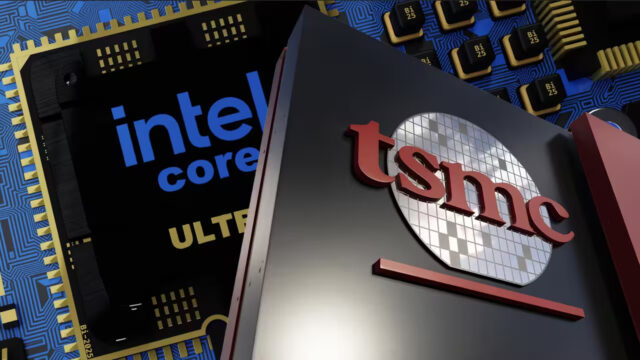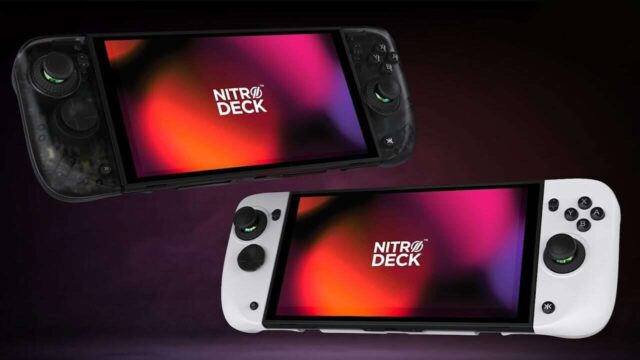Samsung has released its third-quarter 2025 earnings report. The company increased its revenue by 15.4% compared to the previous quarter, reaching KRW 86.1 trillion. The South Korean tech giant set an all-time record for quarterly sales in its Memory business during this period. The main driver behind this success was strong momentum in artificial intelligence (AI). Strong demand for HBM3E memory and server SSDs, in particular, drove sales to their peak.
Samsung announces HBM4, GDDR7, and 128GB DDR5!
With this report, the company also outlined its roadmap for next-generation memory technologies. Samsung plans to begin mass production of next-generation HBM4 memory in 2026. Offering speeds of up to 11 Gbps per IC, these new memory modules will be a critical solution for future AI accelerators like NVIDIA’s Rubin and AMD’s MI400 series. Samsung is expected to have sent samples of its HBM solutions to AI chip manufacturers for evaluation and qualification testing.

In addition to its HBM4 plans, Samsung’s foundry business is also making significant strides. The company aims to secure a stable supply of its 2nm GAA (Gate-All-Around) production process by 2026. This advanced process will also be used for the base die of HBM4 memory. Samsung’s 2nm process will also play a role in the production of next-generation Exynos and Qualcomm Snapdragon chipsets. Production of these advanced chips will begin to accelerate in the last quarter of 2025.
Samsung’s 2026 plans are not limited to HBM4. The company will also focus on mass production of DDR5 memory with capacities of 128GB and above, as well as 24GB GDDR7 DRAM. High-capacity DDR5 memory, in particular, is crucial for the next-generation AMD and Intel server platforms expected to launch in the second half of 2026. 24GB GDDR7 will be a popular choice for high-end consumer graphics cards and AI accelerators. NVIDIA’s Rubin CPX GPU, the RTX 50 “SUPER” series, and potential AMD RDNA 5/4 refreshes could utilize this memory.
All these technological advancements also have an impact on the consumer market. Currently, the current supply in the DRAM and SSD markets is largely focused on AI. This is causing the prices of end-user products to rise rapidly. Recently, significant increases and shortages have begun to occur in DDR5 memory and SSD prices. All major DRAM manufacturers have already announced price increases for DDR5 and DDR4 memory.
It’s interesting to see how the market will unfold in the coming months. So, what are your thoughts on Samsung’s plans for this next-generation HBM4, GDDR7, and DDR5 memory? Do you think the current memory and storage capacity on your computer is sufficient?













